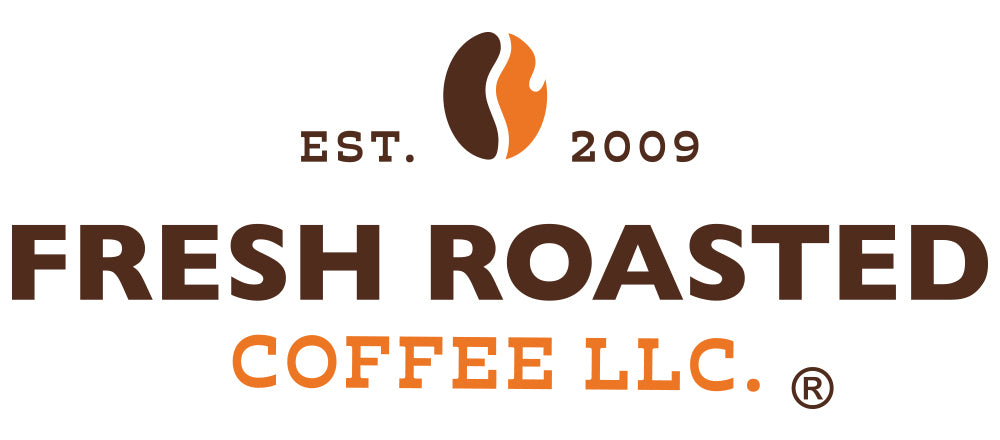The Highlands and Doi Moi
From above, the Central Highlands look like a beautiful patchwork of cashew, cacao, pepper, and, of course, coffee tree plots. Vietnam’s robusta production is vast, accounting for 97% of the country’s total coffee output, but it wasn’t always like this. Robusta production boomed year over year throughout the 1990s, and has brought more people out of poverty than any other export. This vastness and rapid growth have made Vietnamese a bit hard to pin down to a single origin. Our robusta is sourced from Dak Lak, Gia Lai, Dak Nong, Kon Tum, Lam Dong, Ba Ria, Binh Phuoc, and Dong Nai.
The Stigma
In the specialty coffee sector, robusta is often treated as a second-class citizen because of its lackluster taste and low quality. While we don’t like to judge, it’s hard not to in this case. Robusta is often looked down on, appearing most often in “inferior” coffee products, such as instant coffee and as a filler in some coffee blends. If your big-box blend tastes a bit bitter no matter what you do to it, there’s a chance you’re tasting robusta.
If you’re looking for this sort of bite, however, then robusta may be the coffee you’ve been looking for. Perhaps you’re hardcore and love coffee because it hurts so good. There are coffee drinkers like that! Robusta also contains more caffeine than arabica—and it’s cheaper! In the end, it’s all about preference. But there is a lot you can do with robusta!
Home Roasting Robusta
If you want to fully submerge yourself in the robusta life, our customers have had continued success with medium-dark roasts. According to Elizabeth W., “it has a delightfully bold, rich, energy-boosting taste.” Others love robusta because it takes sugar, syrups, and flavored creamers well, not to mention tastes great as espresso. If you’re a little more hesitant about robusta, try the waters with blending. Robusta brings a little boldness to your blend. One home roaster suggests blending 20% Robusta with 80% Dominican, Guatemalan, or Mexican, saying it was the “most flavorful [they] have ever tasted.” Many commercial roasters use Robusta in their espresso blends to add body and a deeper crema than some Arabica blends develop on their own.
So, while some might consider robusta “inferior,” we like to think of it as an instrument that might sound too bold and brash for most people, but makes a symphony of flavor when combined with some other players.


Leave a comment